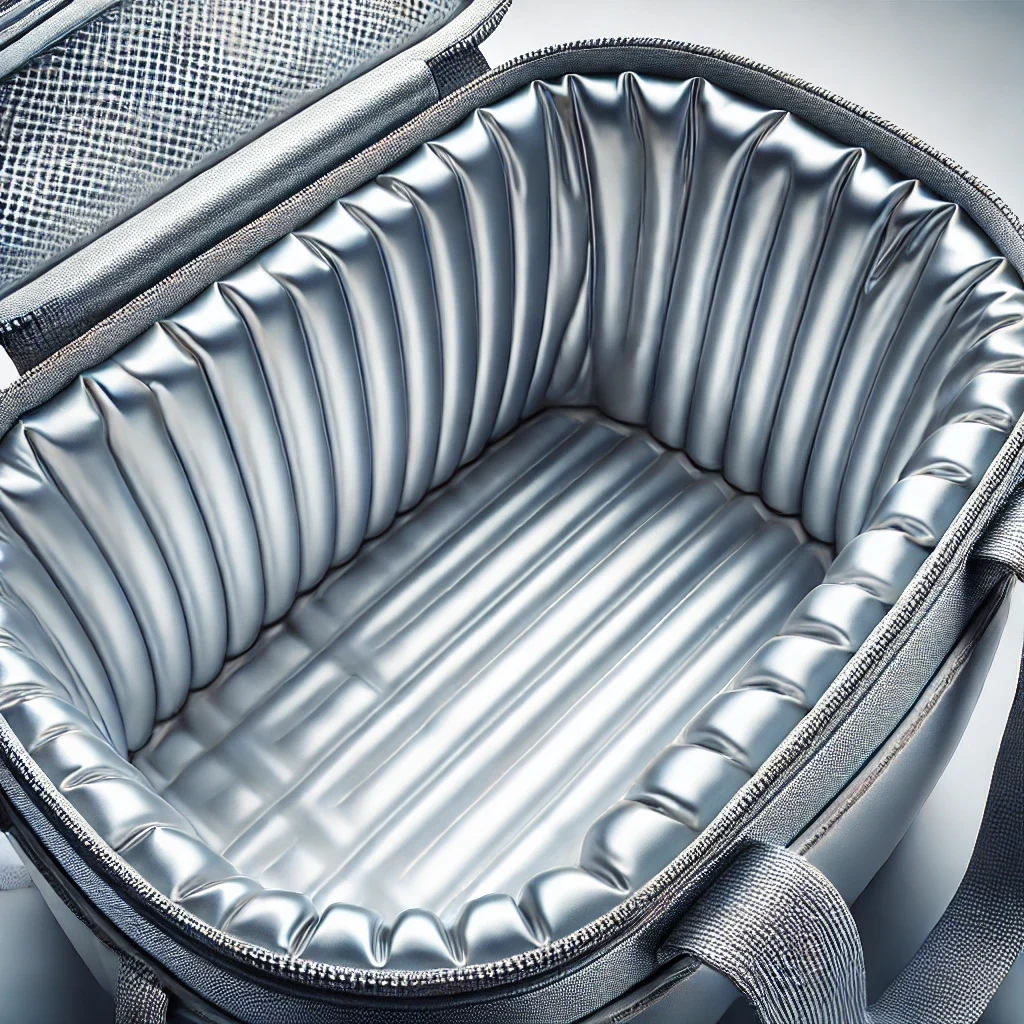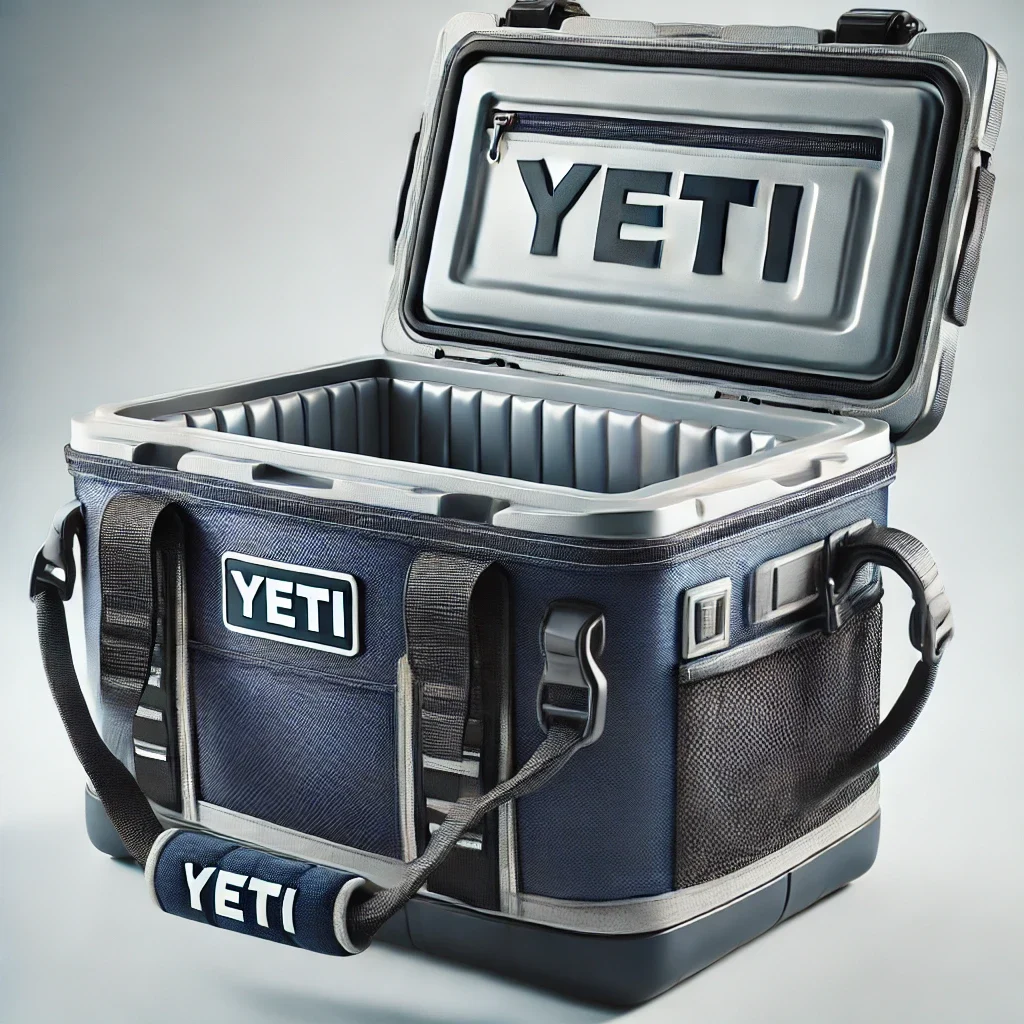The choice of insulation material in cooler bags is critical for their performance. This article explores the various materials used for cooler bag insulation, emphasizing their benefits and applications. By understanding these materials, B2B buyers can make informed decisions, ensuring they select the best cooler bags for their market’s needs.

The Importance of Insulation Materials in Cooler Bags
Insulation materials play a pivotal role in the functionality of cooler bags. These materials determine how effectively a cooler bag can maintain its internal temperature, thereby protecting the food inside. For businesses, the choice of insulation can impact product quality, customer satisfaction, and overall business profit.
Common Cooler Bag Insulation Materials
- Foam Insulation:
- Polyurethane Foam: Known for its excellent insulation properties, it is widely used in cooler bags. It provides a strong thermal barrier, maintaining temperatures for long periods. This type of foam is ideal for prolonged cold storage.
- EVA Foam (Ethylene Vinyl Acetate): EVA foam balances flexibility and insulation efficiency. It is often used in cooler bags designed for shorter trips or everyday use.
- Polyethylene Foam: This material is lightweight and provides good insulation. It is commonly used in less expensive cooler bags.
- Reflective Foil:
- Metalized Polyester (Mylar): Reflective foil layers are used to reflect thermal radiation, enhancing the insulation properties of cooler bags. Mylar is effective in reducing heat transfer and is often combined with foam layers for superior insulation.
- Aluminum Foil: Aluminum foil is another reflective material used in cooler bags. It helps in maintaining the internal temperature by reflecting heat radiation away from the contents of the bag.
- Plastic Liners:
- PEVA (Polyethylene Vinyl Acetate): PEVA is flexible, lightweight, and provides an additional barrier to heat transfer. It is also considered a safer alternative to PVC (Polyvinyl Chloride), making it a popular choice for food-grade applications.
- PVC (Polyvinyl Chloride): While less commonly used today due to environmental concerns, PVC liners are durable and offer good insulation properties. However, businesses are increasingly shifting towards more eco-friendly options like PEVA.

Factors Influencing Material Choice in Cooler Bag Manufacturing
When selecting materials for cooler bag insulation, manufacturers and B2B buyers must consider several factors:
- Thermal Efficiency: The primary goal of insulation materials is to maintain internal temperature. Materials like polyurethane foam and reflective foils are chosen for their high thermal efficiency.
- Durability: Cooler bags need to withstand rough handling. Materials like EVA foam and high-quality plastics provide the necessary durability.
- Safety and Compliance: Insulation materials must be safe and comply with health regulations for food-related applications. PEVA is preferred over PVC due to its non-toxic properties.
- Cost: While high-end cooler bags might use advanced materials like Mylar and polyurethane foam, more affordable options might utilize polyethylene foam and simpler plastic liners.
Case Study: Yeti Cooler Bags

To understand how these materials come together in high-performance cooler bags, let’s examine Yeti, a renowned brand in the cooler bag industry. Yeti uses a combination of high-quality materials to achieve superior insulation:
- Outer Shell: Yeti cooler bags often feature high-denier nylon or polyester for durability and resistance to wear and tear.
- Insulation: Closed-cell foam insulation is a feature of Yeti cooler bags, providing excellent thermal retention.
- Lining: FDA-approved food-grade PEVA lining ensures safety and ease of cleaning.
- Additional Features: Heavy-duty zippers, reinforced handles, and adjustable straps enhance the overall functionality and user experience.
Conclusion
For B2B buyers, understanding the materials used in cooler bag insulation is crucial for selecting the right product. Whether it’s polyurethane foam for maximum insulation, PEVA for food safety, or reflective foil for thermal efficiency, different materials have different features. By considering thermal efficiency, durability, safety, and cost, businesses can choose cooler bags that meet their market’s needs.
Investing in qualified cooler bags with the right insulation materials not only enhances product performance but also boosts customer satisfaction, making it a wise choice for any cooler bag wholesalers or distributors.
Visit Our Company for Qualified Cooler Bags
We invite you to explore our extensive range of cooler bags, meticulously designed with qualified insulation materials. Our products are tailored to meet different demands of market use, ensuring durability, efficiency, and safety. Contact us today and discover the ideal cooler bag to enhance your wholesale profit.


